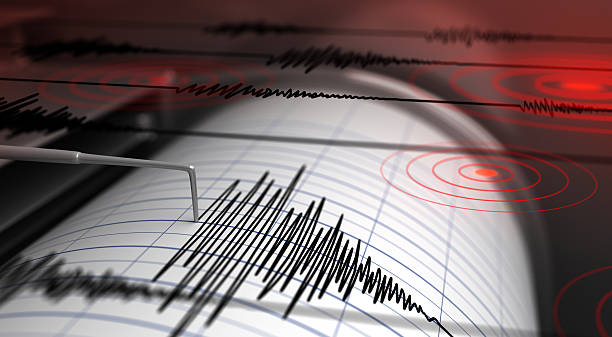

INTRODUCTION
The influence of isolator Characteristics on seismic response of multistory base isolated structure is investigated. The force deformation behavior of an isolator is modeled as non-linear hysteretic behavior for different time period with the effect of soil characteristics. Uniform Building Code (UBC-97) is widely used in design of base isolation systems which contains provision according for near fault effect. To assess the effectiveness of base isolation systems, a study was conducted on a four-story building designed in accordance with UBC-97 regulations, specifically for near fault earthquakes. The building is situated near an active fault line. The isolation system utilized in this structure consists of high damping rubber bearings. Design displacements were determined using UBC-97 parameters. The building was subjected to three different earthquake events: the 1979 El-Centro, 1995 Kobe, and 1994 Northridge earthquakes. A comparison was made between the fixed base and base isolated structure, with a focus on the variation of the time period to analyze the parametric changes in isolator characteristics.
One of the most widely implemented and accepted seismic protection systems is base isolation. Seismic base isolation is a technique that mitigates the effects of an earthquake by essentially isolating the structure and its contents from potentially dangerous ground motion, especially in the frequency range where the building is most affected. The goal is to simultaneously reduce inter-story drifts and floor accelerations to limit or avoid damage, not only to the structure but also its contents, in a cost-effective manner.